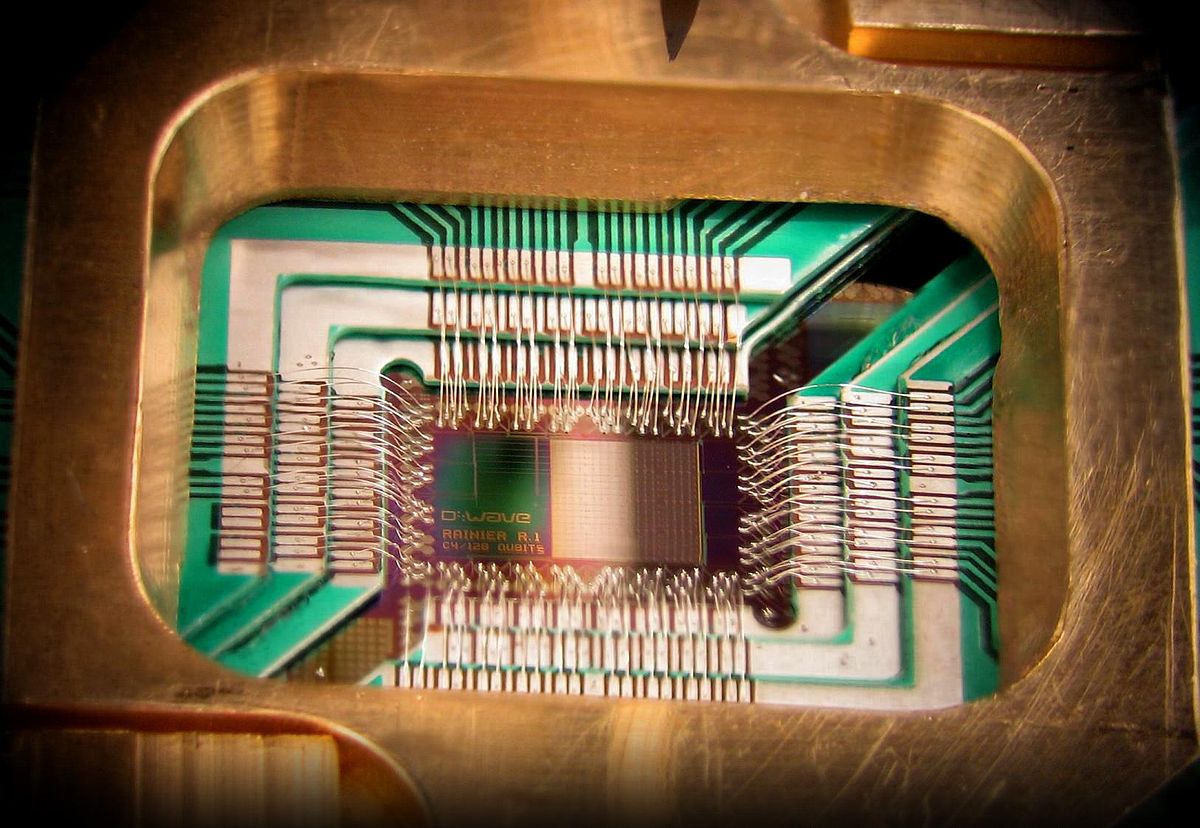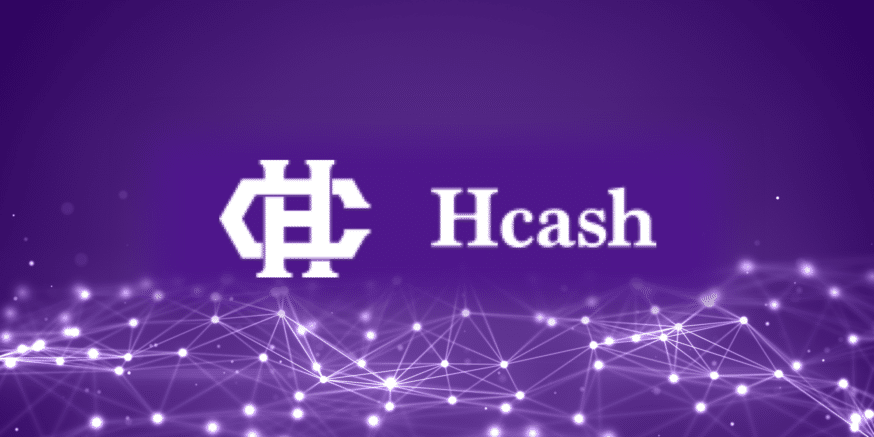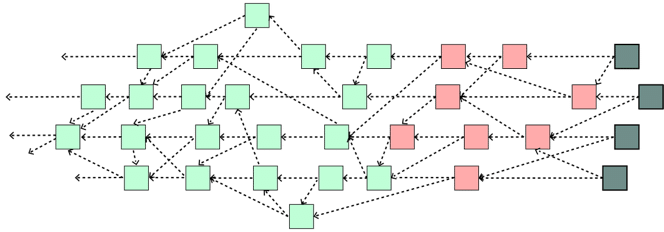- What is Hshare & Hcash? An Inside Look at the Chart-Climbing Coin
- Hcash works with block and blockless cryptocurrencies
- Public and private addresses
- Quantum resistance
- Hybrid proof of work & proof of stake for DAO governance
- Criticisms: Errors, GitHub, Reddit, and LinkedIn
- Conclusion
What is Hshare & Hcash? An Inside Look at the Chart-Climbing Coin
Hshare is a pre-launch value token with a 1:1 trade-in for Hcash when it launches.
Hcash is a new cryptocurrency designed to allow value transfer among blockchains and between blockchains and blockless cryptocurrencies. In addition, Hcash will support private transactions, DAO governance, and quantum resistance.
As of November 2017, Hshare is trading at the #14 spot on CoinMarketCap with an overall valuation of $853 million (see above for current price and rank). Since Hshare entered the top 20 cryptocurrencies, many investors and crypto-enthusiasts have had questions about its technology, potential, and legitimacy.
While some tout the benefits of transactions between blockchains as a huge upside for this cryptocurrency, others are skeptical about the Hcash team’s ability to pull off such a huge technological challenge, and they believe Hshare to be overvalued.
The Hcash team is based in China and Australia. While they have some impressive university support and advisory, most of the core development team is unknown in the crypto community. It’s unclear what this team’s strengths and prior experience are.
In this article, we’ll take a look at what Hcash is, how it will function, and the timeline for its launch. We’ll also explore some of the criticisms Hcash has received at this early, pre-launch stage. While this guide is meant to be a solid introduction, it is by no means a complete analysis. You’ll want to read Hcash’s white paper and other pertinent industry resources before making any decisions about the technology.
Hcash works with block and blockless cryptocurrencies
Currencies like Bitcoin and Ethereum operate on the blockchain, using mining to create a series of blocks that hold their individual transaction ledgers. However, there’s no way for the Bitcoin blockchain to talk to the Ethereum blockchain. If you want to transfer value between the two, you have to use an exchange service. As the number of independent blockchains continues to increase, the problem of value transfer between blockchains grows.
The issue is further complicated when you consider new currencies like IOTA and Byteball that don’t use blockchain at all. Instead, they implement directed acyclic graph (DAG) cryptography to create a web of transactions that verify one another.
Exchange services are problematic because they can be slow, charge fees, and are centralized institutions. Blockchain currencies were designed to offer an alternative to banking with low fees and no central authority. However, any time you need to transfer between blockchains, you encounter the same problems of fees, speed, and central authority that you did with a bank.
Hcash seeks to solve this problem by operating as a side chain for blockchain and DAG currencies. Hcash will develop two concurrent networks: one that is blockchain-based, and another using DAG. Those networks will offer addresses that are interoperable with other common cryptocurrencies, allowing you to send and receive various currencies in your Hcash wallet.
Public and private addresses
Since Hcash hopes to be a side chain for many different cryptocurrencies, including privacy coins, it will need to implement privacy features to mask how users are moving their funds. To address this issue, Hcash will come with two types of wallets: white and black. While the white addresses will be publicly viewable, the black addresses will remain private.
In order to achieve this privacy, Hcash will implement zero-knowledge proofs. This system, as proven on Zcash’s blockchain, involves masking the identity of the sender and receiver through the use of advanced cryptography to verify transactions without sharing information about the transaction with miners. As a result, blockchains that implement zero-knowledge proofs do not include any identifiable user information.
Since Hcash has not launched yet, it remains to be seen how well the development team can implement privacy across so many different network connections. Privacy is definitely one of the biggest technical challenges facing the Hcash developers as protecting user data gets increasingly difficult in the face of attackers with advanced hardware and coding skills.
Quantum resistance
Speaking of advanced hardware, quantum computing has the potential to overthrow the cryptocurrency world in a bad way. Quantum computers could far surpass our current computing power on classical machines, because, unlike today’s computers, it’s possible for them to exist in states other than “0” or “1.”

Modern cryptography relies on a link between public and private keys. For cryptocurrencies, this means people can send money to your public address, but only you can authorize spending from that address using your private key. It’s currently incredibly difficult to compute the relationship between a public and private key.
According to Lamont Wood, it would take an attacker 10.79 quintillion years to discover the relationship between keys on a 128-bit cypher. However, if attackers successfully developed a computer that was exponentially more powerful than our current computers, that computer could potentially decode the same 128-bit cypher in six months.
While most experts agree that quantum computing is still a long way off, the Hcash developers aren’t taking any chances. They’ve specified that quantum resistance will be built into Hcash’s code from the beginning. Quantum resistant ledgers utilize new transaction signatures and iterative hashes to ensure that quantum computers, when they’re developed, won’t gain undue influence over Hcash’s network.
Hybrid proof of work & proof of stake for DAO governance
Most blockchains utilize proof of work (PoW) or proof of stake (PoS) to verify transactions and create new blocks. In proof of work, a group of miners compete to solve a cryptographic puzzle that secures the block into its place in the chain. Solving the puzzle requires you contribute lots of computing power, but if you solve it you win a reward.
In proof of stake, the system looks at everyone who owns some of the currency and how much they own. Based on their stake, the network randomly selects someone to be the verifier for a new block; people who own more of the coin are more likely to be chosen. The verifier compiles the transactions and seals the block, and the rest of the network inspects it. If the block is honest, the verifier receives a small reward. If the block is fraudulent, the verifier loses all the coins they own on that blockchain.
Hcash proposes a hybrid PoW/PoS system that maximizes user engagement and computing power on the network. PoW provides an incentive for miners to contribute computing power, while PoS provides an incentive for average users to stay engaged.
Hcash plans to use this system to enable voting, thereby creating a decentralized autonomous organization (DAO) that governs Hcash.
Users’ voting power will be based on their stake (share of the total Hcash supply) and on their work (computing power contributed to the network). This division between PoW and PoS provides interesting counterbalances and potential benefits. However, the technology is new and somewhat untested outside its use on the Decred blockchain.
Criticisms: Errors, GitHub, Reddit, and LinkedIn
Hcash has been the target of significant criticism since climbing CoinMarketCap to its top spots. One Reddit thread went so far as to call Hcash a scam coin, with a team that never intends to actually build the technology they’ve described in their white paper. The Hcash white paper itself is very generic, describing existing technologies but not clearly answering how those technologies would be implemented in a coherent system.
Another criticism is that Hcash doesn’t appear to be under especially active development. The Hcash Github has only seen 17 commits from one contributor over the past five months. While it’s possible development is taking place offline or elsewhere, GitHub is the standard for open source projects like this, and it’s odd to see so little activity.
In addition, new cryptocurrencies with growing interest usually spawn lively forums for debate. Reddit is the most common place where this happens. However, Hcash’s subreddit is mostly quiet, with only five posts and the most recent post over a week old. It’s also odd that the core team do not have LinkedIn accounts and are missing user history on other common social media.
These issues could be a function of the fact that the team is based in China, where access to some of these websites is restricted. Perhaps if I spoke Chinese I might find more resources about the core team. However, for a coin with a market cap of over $800,000, the internet is remarkably quiet when it comes to Hcash discussion and verification of the team’s credentials.
Conclusion
Like most new cryptocurrencies, Hcash has a promising vision of a future where blockchains are interconnected and value can easily be transferred between platforms. However, the value of Hcash ultimately comes down to implementation.
Right now, it’s not entirely clear how the development team will continue and what progress they’ve made.
Never Miss Another Opportunity! Get hand selected news & info from our Crypto Experts so you can make educated, informed decisions that directly affect your crypto profits. Subscribe to CoinCentral free newsletter now.













